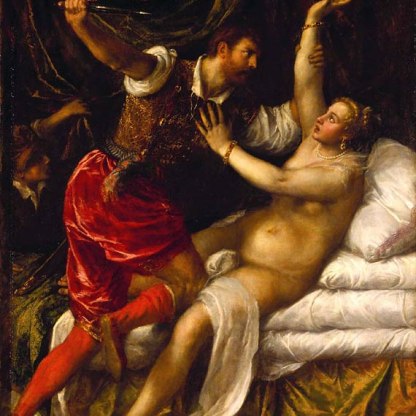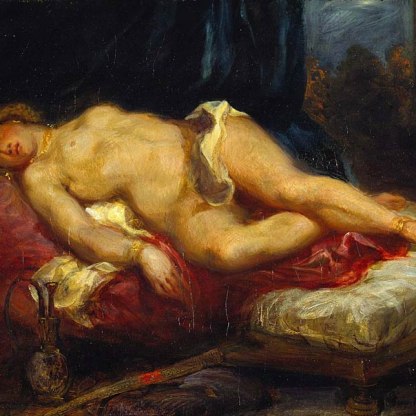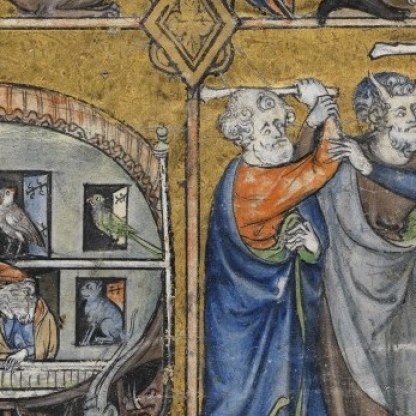Philip II
Philip II, for whom Titian painted Tarquin and Lucretia, was king of Spain from 1556 until his death. The domains over which he ruled were extensive, and he was the most powerful individual in Europe in his day. The Italians had a saying during his reign: 'God has become a Spaniard.' Left is a bronze-gilt plaque in the Fitzwilliam depicting Philip. It was cast by the sixteenth-century Milanese medallist Jacopo Nizzola Trezzo.
Titian first met Philip when he was crown prince. In 1550 he painted his portrait and, although the Spaniard was at first critical of Titian's 'free' style of painting, the two developed a close patron–client relationship. Throughout the 1550s and 1560s, Titian was allowed to remain living in Venice and yet received a salary from the Spanish monarch for the paintings that he regularly sent. It was a rare and supremely advantageous arrangement for an artist in the period.
A devout Roman Catholic, Philip nevertheless had a taste for mythological as well as Christian subjects in paintings. Some of Titian's most celebrated works come from a series made for Philip based upon erotic myths found in the works of the Roman poet Ovid. Titian called these often richly coloured works poesie ('poems').
Other highlight objects you might like
Other pathways and stories you might like
Sign up to our emails
Be the first to hear about our news, exhibitions, events and more…





